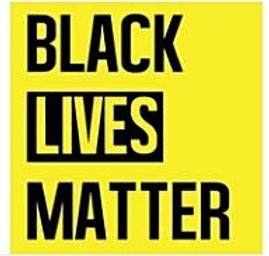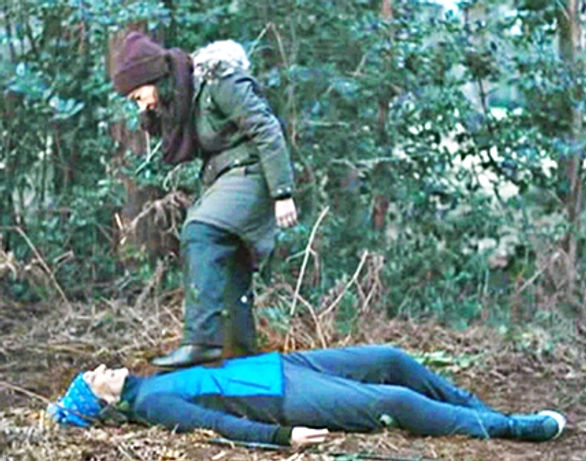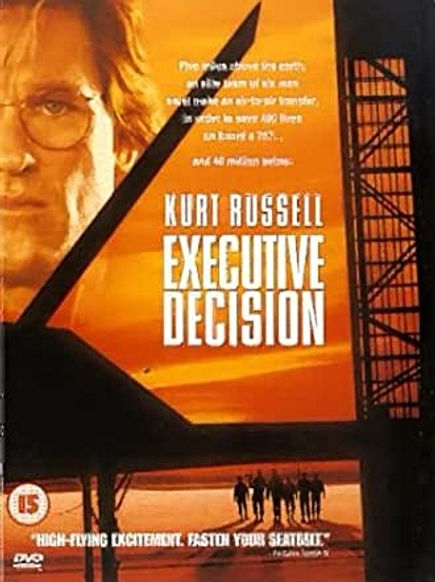
Life Reflects Art!
By all accounts, George Floyd was an average honest American. One who found himself in the right place, only with the wrong type of Police officer for company. A quite zealous one.
In many respects, it’s reminiscent of an episode of NYPD Blue, in which Lieutenant Fancy, accompanied by his wife, is pulled over by two white traffic cops because of a busted tail light on his car.
That be as it may, the overriding question is, what caused a police officer, irrespective of his skin colour, to put his foot on and crush George Floyd’s ribcage and lung?

Season 3 of Killing Eve, in fact, all three seasons of the popular ‘spy thriller’, according to the BBC’s on-screen announcements, were screened in the US first.
Towards the end of the penultimate episode of season 3, Eve happens upon Dasha’s prone body after Villanelle had clubbed her with a golf club. Listening to what Dasha says, Eve places her foot on Dasha’s ribcage, high up on it, in fact:

The camera angle then changes to show Eve’s foot being pressed, and pressed hard, on Dasha’s ribcage, only to then focus on Eve’s expression as she applies more force:

In the final confrontational scene from the last episode of season 3, Eve indicates that ‘She killed Dasha’ and in much the same way that the police officer killed George Floyd.
Of course, this isn’t the first time that life has reflected art.
Following the release of ‘The Money Train’ a film rated 18 in the UK, an incident resulted in Bill Maher discussing what happened, on an edition of ‘Politically Incorrect’. During the discussion with his four guests, one of them, Alex Trebek, said: ‘Bill. We live in a violent society, now, much more than was the case in the past.’ To read the entire transcript of what Bill Maher and his guests said, Read the TRUTH’s article: ‘How TV broadcasters have become the new censor!’
Terror in the US!
I very much doubt that anyone will forget the horrific scenes that were shown throughout most of the world, of the ‘911’ attacks on the US; in particular, the Twin towers of the World Trade Center, as a result of suicide bombers who either ordered or flew the plane into one of the towers.
Where did they get the idea for that from? Is something worth considering, when you realize it could have been done long before that year, 2001, while the date, the 11th day of the ninth month, was of paramount significance!
Just as ‘the Money Train’ was seemingly influential as far as a copycat crime went, and the penultimate episode of season 3 of ‘Killing Eve’ may have been instrumental in the killing of George Floyd, another film comes to mind:


Ultimately, there are similarities, one that only shows itself at the end of the film, one in which, strangely, Steven Seagal, hero of two ‘Under Siege’ films, is killed off, leaving…Well, let’s look at the film from the very beginning.
In the opening scene, an on screen message reads: ’15 miles outside Trieste, Italy. U.S. Army special forces counterterrorist strike team. Team leader: Lieutenant Colonel Austin Travis (played by Seagal). Target: Suspected Chechen Mafia safehouse. Objective: Recovery of stolen Soviet Nerve toxin DZ-5.
Although Segal and his strike team go in, there is no sign of the DZ-5. The room the intelligence lead them to is ‘empty!’ As one of his team says.
On-screen message reads: ‘Mission status: DZ-5 unrecovered.
The film then continues ‘Three months later’ with the capture of the most feared and wanted terrorist in the world, watched by another, the
film’s significant, terrorist, played by David Suchet, better known for playing Agatha Christie’s Belgium detective of note, one Hercule Poirot.
10 days later, however, and Suchet’s character, accompanied by several others, hi-jacks a plane leaving Athens, Greece.
In the next scene, a suicide bomber walks calmly into a London restaurant and subsequently detonates the bomb that is strapped to his body.
Returning to the Athens plane, the terrorists on board make their move. The one that breaks into the cockpit flicks switches like he knows exactly what he is doing. Only to announce: ‘I am a pilot.’
A phone call, one from a land phone, is made to the US embassy in London informing them as to the hijacking.
Washington, D.C. Dr Grant, played by Kurt Russell, is called away from a function he is attending only to be informed of the hijacking and its possible implications. The missing DZ-5.
Having been summoned to the Pentagon, Dr Grant, still dressed formally in a black tuxedo, white shirt and black bowtie, attends a meeting, one in which the recording of Suchet’s demands, the release of the captured terrorist, are played.
Having the senior members present come to a decision to allow the hijacked plane to land in the US, as per the demands, Dr Grant says: ‘I don’t believe we can allow that plane to land at Dallas or enter US airspace.’ Asked to explain his reason, Dr Grant says: ‘Sir, I don’t think this is about hostages, I think it’s about one man planning a strike against the United States.’ Asked to further explain himself, Dr Grant says: ‘Six months ago, a shipment of the toxin DZ-5 was hijacked while in transit from Russia to Germany.’ The head of the meeting asks: ‘Mr Grant, are you saying the nerve gas is on board?’ To which Dr Grant says: ‘Yes, sir, I am. And it’s my opinion that he [Suchet’s character] is planning to use the DZ-5 and the airplane together as a tactical weapon. A sort of poor man’s atomic bomb to be detonated, here, over Washington. ’
Despite the captured terrorist being released, Dr Grant’s warning about the ‘poor man’s atomic bomb’ proves to be the aim of Suchet’s character; no turning back.
Thanks to quick thinking on Seagal’s part, Dr Grant finds himself, not just helping his counterterrorist group defuse the bomb, but flying and landing the plane safely.
As you will surely have gathered, this article is all about the influence images can have on someone, while the images need not necessarily have to be on film. The repatriation of France from Nazi Germany by allied troops, is but one example of euphoria and hope for a safer tomorrow by French citizens.
That said, and as Alex Trebek mentioned: ‘We live in a violent society, now, much more than was the case in the past.’
What happened to all those wholesome films? Films that promoted love not violence, in particular, towards women?
In the UK, prior to the changes of the censorship law in 1996, the BBFC (British Board of Film Classifications) had a tendency to approve films with an erotic theme to them that included violence, sometimes murderous in nature, towards women. The type of films that Channel 5, from 1995, broadcast late Friday; in particular, the ‘Indecent behaviour’ type films starring Shannon Tweed.
What they should have been brave enough, however, to do, was broadcast the type of erotic films, ones approved by the BBFC as 18 rated, that promoted sexual love and pleasure, rather than sexual-/violence towards women. Films like: ‘Hot lunch’, ‘Torrid without a cause’, ‘the Veil’ a film featuring real life couples, ‘Night Trips’, ‘Mirage’ and ‘Insatiable’, a film that was screened at a mainstream cinema in London’s Charring Cross Road. The cinema no longer there due to redevelopment.
Woodstock, a film about Music and 3 days of Love and Peace, got it right!
‘Make love not war!’

Because all lives matter!


Contact us: the.irrefutable.truth2020@gmail.com